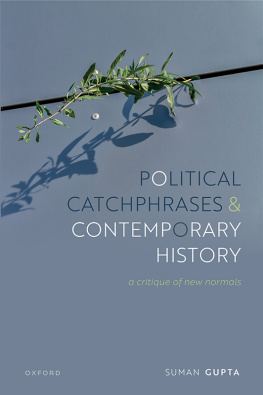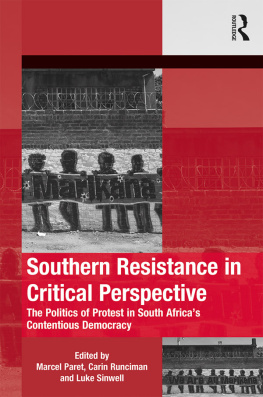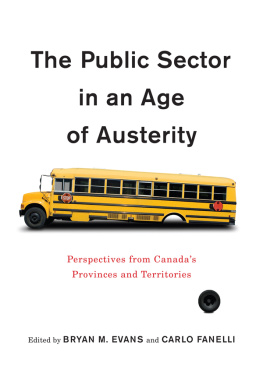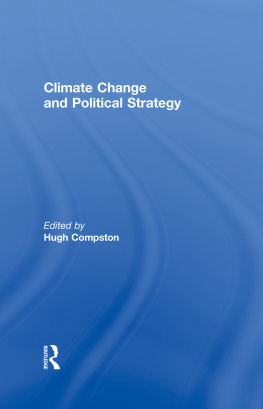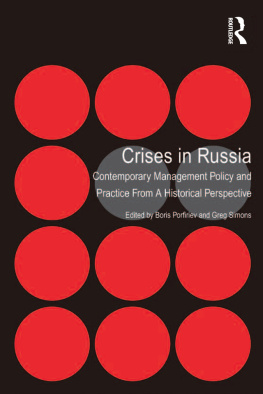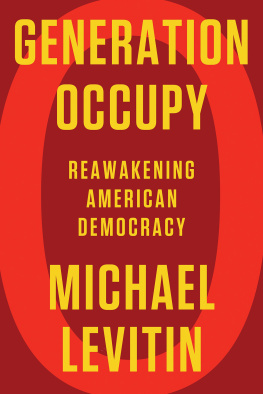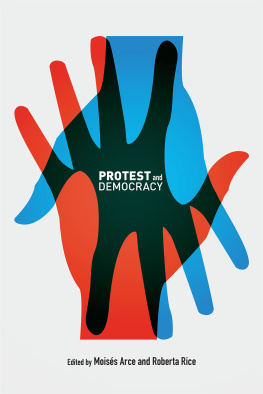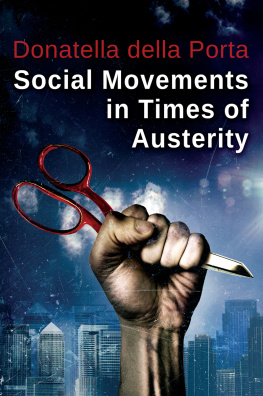

Great Clarendon Street, Oxford, OX2 6DP,
United Kingdom
Oxford University Press is a department of the University of Oxford. It furthers the Universitys objective of excellence in research, scholarship, and education by publishing worldwide. Oxford is a registered trade mark of Oxford University Press in the UK and in certain other countries
Suman Gupta 2022
The moral rights of the author have been asserted
Impression: 1
All rights reserved. No part of this publication may be reproduced, stored in a retrieval system, or transmitted, in any form or by any means, without the prior permission in writing of Oxford University Press, or as expressly permitted by law, by licence or under terms agreed with the appropriate reprographics rights organization. Enquiries concerning reproduction outside the scope of the above should be sent to the Rights Department, Oxford University Press, at the address above
You must not circulate this work in any other form and you must impose this same condition on any acquirer
Published in the United States of America by Oxford University Press
198 Madison Avenue, New York, NY 10016, United States of America
British Library Cataloguing in Publication Data
Data available
Library of Congress Control Number: 2022933191
ISBN 9780192863690
DOI: 10.1093/oso/9780192863690.001.0001
Printed and bound by
CPI Group (UK) Ltd, Croydon, CR0 4YY
Links to third party websites are provided by Oxford in good faith and for information only. Oxford disclaims any responsibility for the materials contained in any third party website referenced in this work.
To
Amit Kumar Gupta (19362021)
Acknowledgements
Conversations with Richard Allen, Ayan-Yue Gupta, Milena Katsarska, Sebastian Schuller, John Seed, Peter H. Tu, and Cheng Xiao have sharpened various arguments in this study. The Open Universitys School of Arts and Humanities has allowed me congenial and encouraging working conditions. I am grateful to Dominic Byatt for commissioning this project, and to two anonymous reviewers for their helpful guidance.
Shortcomings in the following pages are entirely my responsibility.
Contents
Introduction
Parts and Whole
Preliminaries
If the career of a particularly popular and widely used political catchphrase were tracked over a period of time, with its shifting nuances and applications contextualized, a historical account of that period would be obtained. Such a historical account would be akin to material history, which traces social processes surrounding objects, or the history of ideas, which is anchored to abstractions. And yet, the history woven around a catchphrase would be distinctive. Along with conveying a picture of the period, it would clarify how catchphrases work. The rationales underpinning their circulations and effects would be exposed to some degree. Light would be thrown on the links between various and even disparate preoccupations in social life, and, more broadly, on the fluid processes of knowledge construction and dissemination. A project of this sort would have a special interest if the period in question were a recent or ongoing one, structured as contemporary history. Using a catchphrase as a linchpin for selecting and connecting areas seems particularly meaningful at present, in the age of digital communications, social networks, and global publicity strategies.
That is the core idea of this book. In subsequent concentrate on a few familiar and widely used phrases and words to give an account of the period 20012020, principally from British and American sources. These are my case studies of political catchphrases in contemporary history. Readers who are particular about definitions and methods would have paused on my opening observations with interest; they might well be asking what is meant by political catchphrase and by contemporary history. Considered responses to such questions will appear in the final chapter, with the case studies behind them. The view taken here is that readers would have reasonable preconceptions about those terms already, which would be sharpened by noting how they are used and exemplified in the case studies. Conceptual observations in the final chapter bring both the practical and theoretical dimensions of this study together and suggest ways forward for further research in this direction.
Having said that, it nevertheless seems prudent to immediately put some minimum markers on those two key structuring notions: political catchphrase and contemporary history. That is to say, some little pragmatic and explicit refining of these notions is necessary for the study to progress coherently, for readers and author to be on the same page even if they disagree about the arguments on that page.
Accordingly, at this stage it seems to me that William Safires impressionistic description of catchword and catchphrase in his dictionary of catchwords, slogans, and political usage (1968) is all that is needed for kick off: a word [or phrase] that crystallizes an issue, sparks a response []. At their best, catch phrases used as slogans summarize and dramatize a genuine appeal (68). In fact, in the spirit of the current study, Safire then chose to present the distinctions between catchwords, catchphrases, and slogans by illustration rather than definitions, and, as it happens, the illustration he chose bears directly upon the catchphrase which occupies much of this study. With reference to Republican campaign statements by Warren G. Harding in the US presidential election of 1920, the first after World War I, Safire pointed out that:
Normalcy [an unusual term compared to normality] was a catchword; not nostrums but normalcy [a much quoted phrase from a speech] a catch phrase; back to normalcy a slogan [adopted for and headlining the Republican campaign].
(68, emphasis in original)
According to Safire, the aural qualities and play on meanings of such words and phrases largely explain their catchiness: such as, the slight awkwardness of normalcy, the alliteration of normalcy and nostrums, the counterpoint of taking doubtful new measures (nostrums) as opposed to restoring what was (back to normalcy). At the same time, these words and phrases only catch on if they seem particularly apt for the context in which they appear. Such aptness is perceived by audiences, who then take up the resonant words or phrases so that they become catchwords or catchphrases. Aptness may also be actively suggested to audiences by some formation, such as a party in a political campaign. In that case, these phrases catch on in a designed way, as slogans. The context of Hardings 1920 campaign is discussed further in the next chapter, and Safires approach elaborated in the final chapter. At present, that quotation offers a sufficient initial account of the distinctions to get on with.
The emphasis here on the political is worth underlining straightaway; this study does focus particularly on political catchphrases and words. They are differentiated from the most common source of catchphrases and slogans: commercial promotion. Though an equivalence between the use of catchphrases in political publicity and commercial promotion is often taken for granted, here the differences are germane. The similarities and crossovers are not disregarded in this study but considered to be conditional to the differences.

